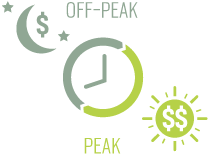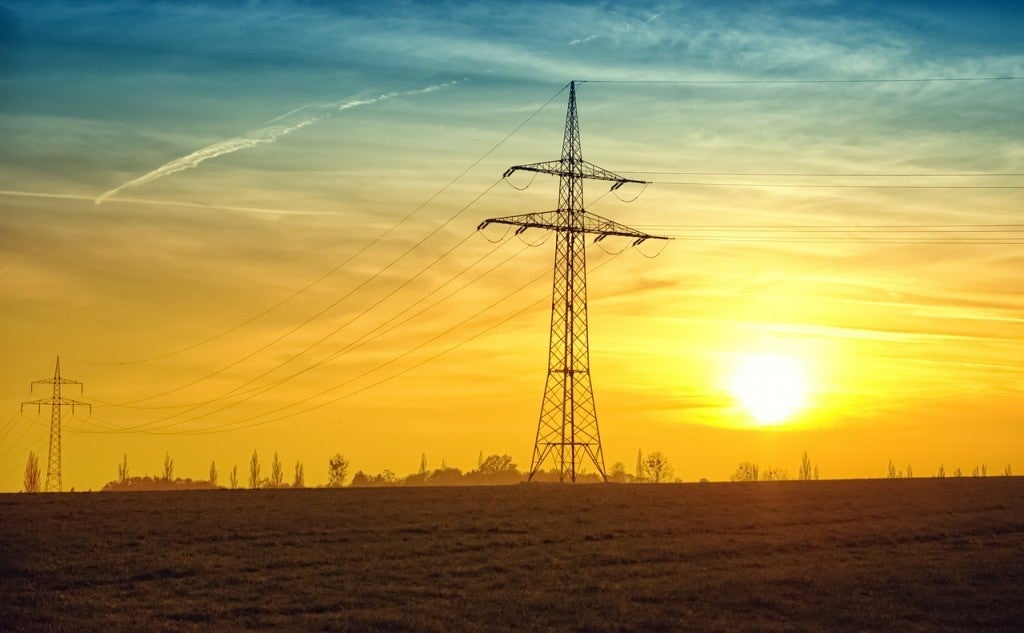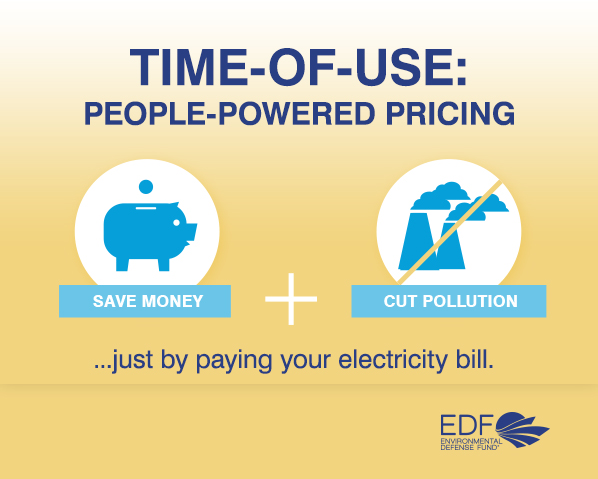
This commentary was originally posted on EDF’s California Dream 2.0 blog.
“The cream cheese just fell off the roof of the car,” my 7-year old daughter said as I turned into my driveway after a trip to the grocery store. Right now you might be asking yourself, “What does this have to do with time-of-use pricing?” Allow me to explain.
We live in Alameda, CA, where plastic bags are prohibited and stores must charge for a paper bag. Alas, I had forgotten to bring a reusable one. To teach my children a lesson and avoid the public scorn (not so much the $0.05 per bag), I carried our groceries and asked the kids to lend their hands. And yes, I put the cream cheese on the roof of the car to free a hand to unlock it.
Once home, I realized that, in addition to almost losing my cream cheese, I’d been making potentially risky tradeoffs. After all, exiting the supermarket with full hands prevented me from holding my children’s hands while crossing a busy – and dangerous – parking lot.
Don’t get me wrong; I’m not lamenting the ban on plastic shopping bags. I think it makes perfect sense, but it takes time to start making the adjustment and the risk tradeoffs aren’t always obvious.
This scenario– making adjustments that may seem inconvenient and a bit scary, but are well worth the effort– plays out in other areas of life as well. Particularly in rethinking how Americans use and pay for electricity.

Source: Union Atlantic Electricity
Most of us don’t think about how the time of day affects the cost of serving us power. In California, we aim to change that by moving to Time-of-Use (TOU) pricing – which will make electricity more expensive during times of peak, or high, energy demand and cheaper off-peak. In fact, just yesterday, the Sacramento Municipal Utility District (SMUD) recommended moving all residential customers to time-of-use rates by 2018 in an effort to give customers more control over energy costs.
EDF believes that TOU pricing will be best for people and the environment, just as banning plastic shopping bags effectively reduces their environmental impact. This approach can encourage conservation and reduce peak energy use while providing customers with more choices that can ultimately lower their monthly bills. Switching to TOU electricity pricing may feel to some like being thrust into a busy parking lot with an armload of groceries and two children to monitor. When should I use my dishwasher? Do I need to reset my air conditioner? Well, yes and no. You can choose to do nothing, or you can exercise a choice you don’t have with our current pricing structure: shifting energy use to times of lower electricity prices. It’s quite doable.
Read More »
 California’s “big three” utilities, at the behest of state regulators, are in the process of examining and improving how they price electricity, including something called time-of-use (TOU) electricity pricing. This option – which rewards people who shift some of their electricity use to times of day when clean energy is abundant and electricity is cheaper – can help California families create safer communities while saving money on their utility bills. Mom’s Clean Air Force California mom Linda Hutchins-Knowles agrees, and recently wrote this opinion piece in the San Jose Mercury News encouraging others to adopt TOU.
California’s “big three” utilities, at the behest of state regulators, are in the process of examining and improving how they price electricity, including something called time-of-use (TOU) electricity pricing. This option – which rewards people who shift some of their electricity use to times of day when clean energy is abundant and electricity is cheaper – can help California families create safer communities while saving money on their utility bills. Mom’s Clean Air Force California mom Linda Hutchins-Knowles agrees, and recently wrote this opinion piece in the San Jose Mercury News encouraging others to adopt TOU.









 California’s big three utilities –
California’s big three utilities – 



